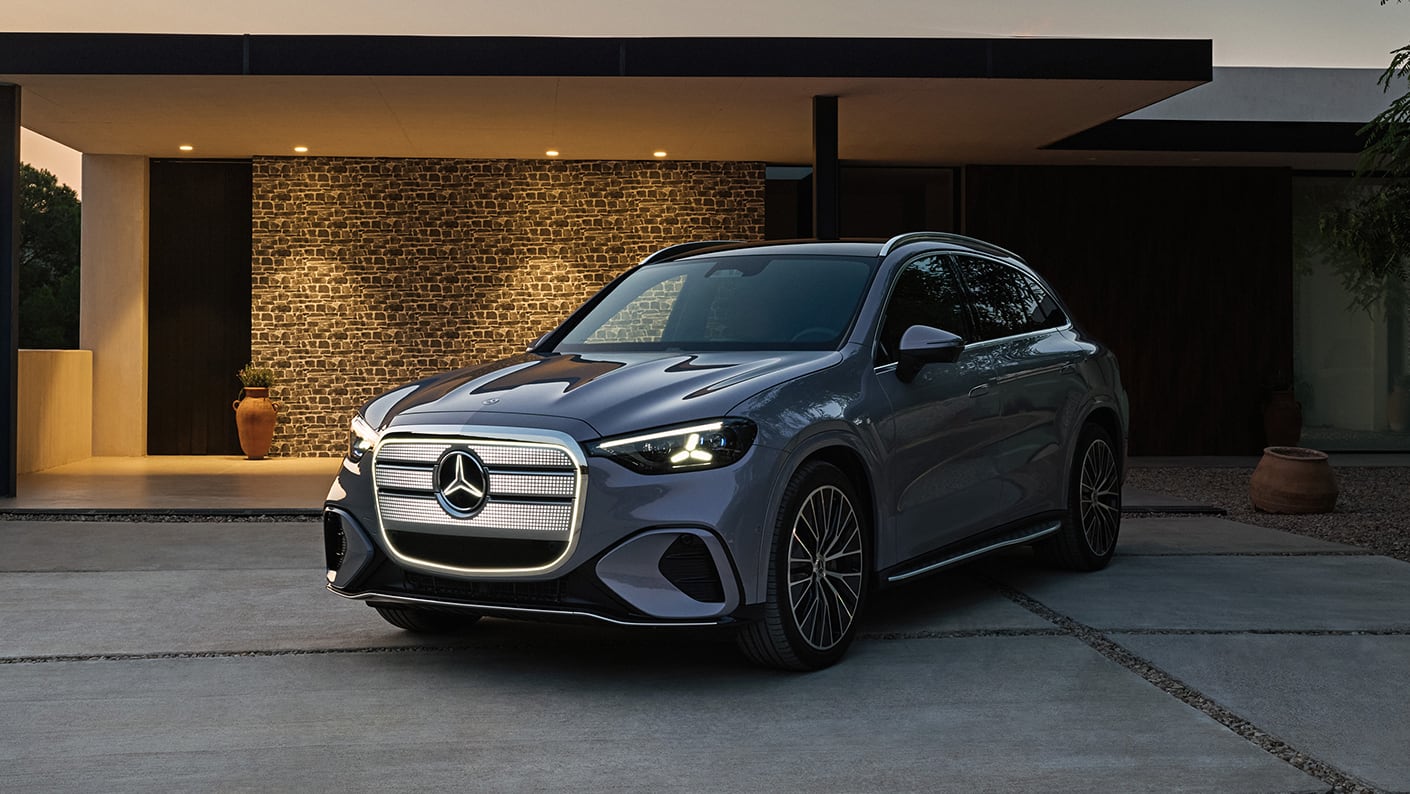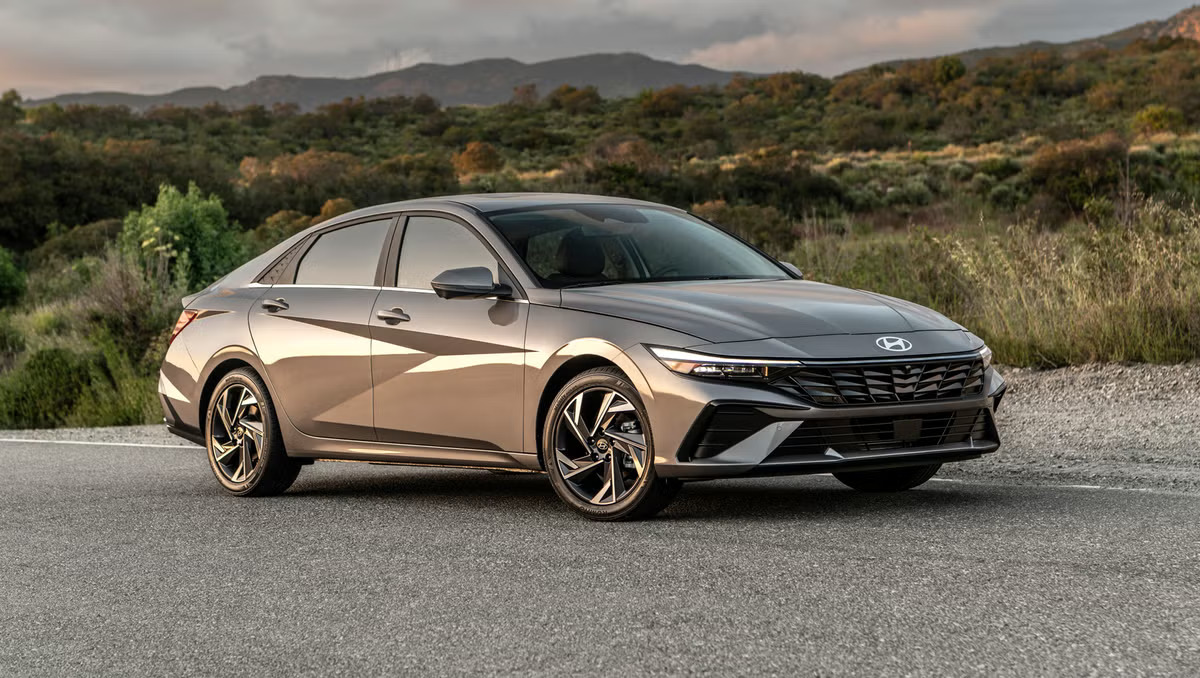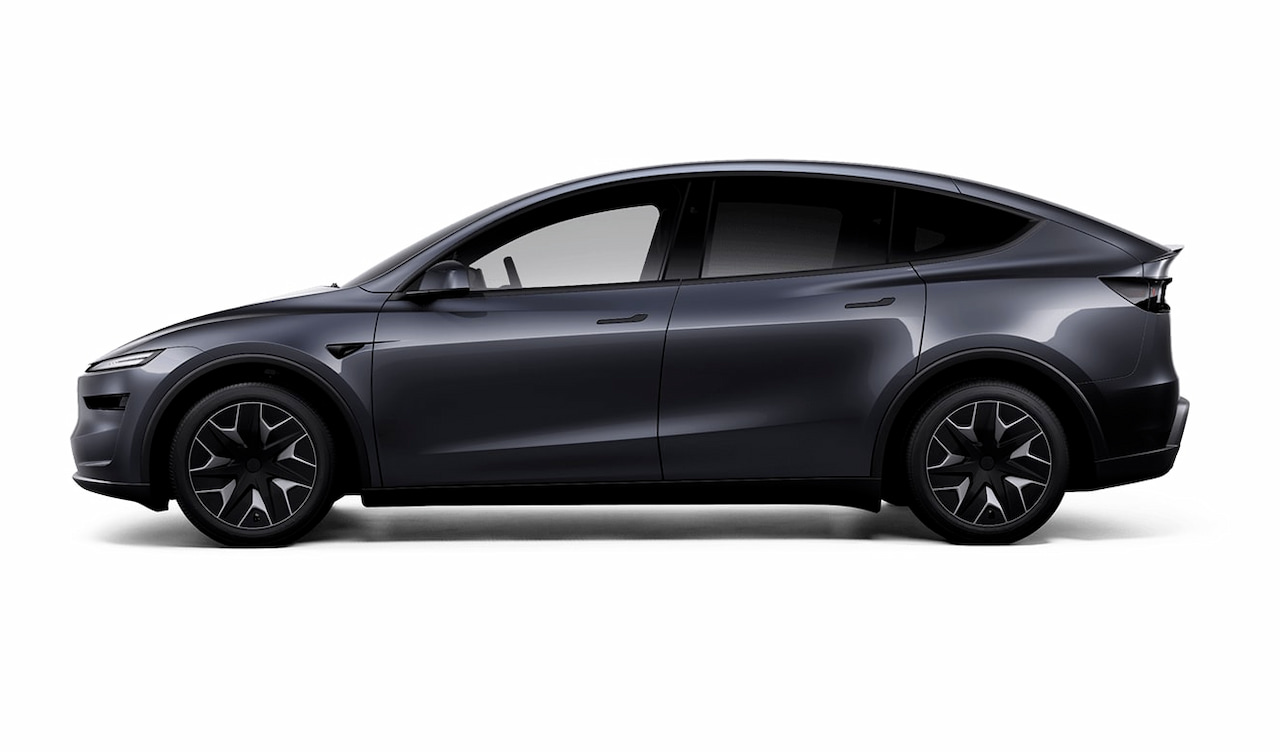What do you know about the 1990 Mercedes 190E Electric?
10 months ago

Many people believe that electric cars are a new invention in automotive history, and some enthusiasts are only aware of experimental electric vehicles from the last few decades. However, did you know that Mercedes-Benz launched an electric version of its 190E model back in 1990? This model, known as the Mercedes 190E "Electro," was an innovative experiment that demonstrated its capabilities and reliability at the time.
In May 1990, Mercedes introduced the fully electric 190E at the Hanover Fair, a unique project where they tested various electric drive systems and battery packs on the 190E platform. The project involved advanced batteries, such as sodium-nickel chloride and sodium-sulfur, which offered a higher energy density than the lead-acid batteries typically available back then.

By 1991, Mercedes revealed an improved version of this model at the Geneva Motor Show, showcasing their dedication to electric vehicle development. Although the electric 190E featured two small motors mounted on the rear wheels with a total power of 44 horsepower, it preserved the interior space and safety features of the original gasoline model.
Read also: Hyundai Revives the Grandeur with an Electric Design that Captures the Spirit of the '80s
The electric 190E had a range of 110 kilometers (68 miles) per charge, which may seem modest by today’s standards but was a key step in exploring the potential of electric vehicles. To balance the weight of the heavy batteries, Mercedes removed several mechanical components, resulting in an electric version only 200 kg (440 lbs) heavier than the conventional model.
Supported by the local government, Mercedes ran an extensive field test on the German island of Rügen between 1992 and 1996, deploying ten hand-built 190E Electro cars. These vehicles featured a variety of electric motor and battery configurations, with some lacking transmissions altogether, while others were equipped with a manual transmission integrated with the electric powertrain.

Solar-powered charging stations were installed on the island to support a carbon-neutral EV ecosystem. About 60 electric cars and vans from various brands participated in the experiment. Ordinary participants, including taxi drivers, tested the cars in their daily lives, demonstrating high reliability; one vehicle even managed to cover 100,000 kilometers in a single year, underscoring the resilience of the technology even under challenging conditions.
HOMEPAGE.RELATED_ARTICLES
COMMON.SEE_ALL







